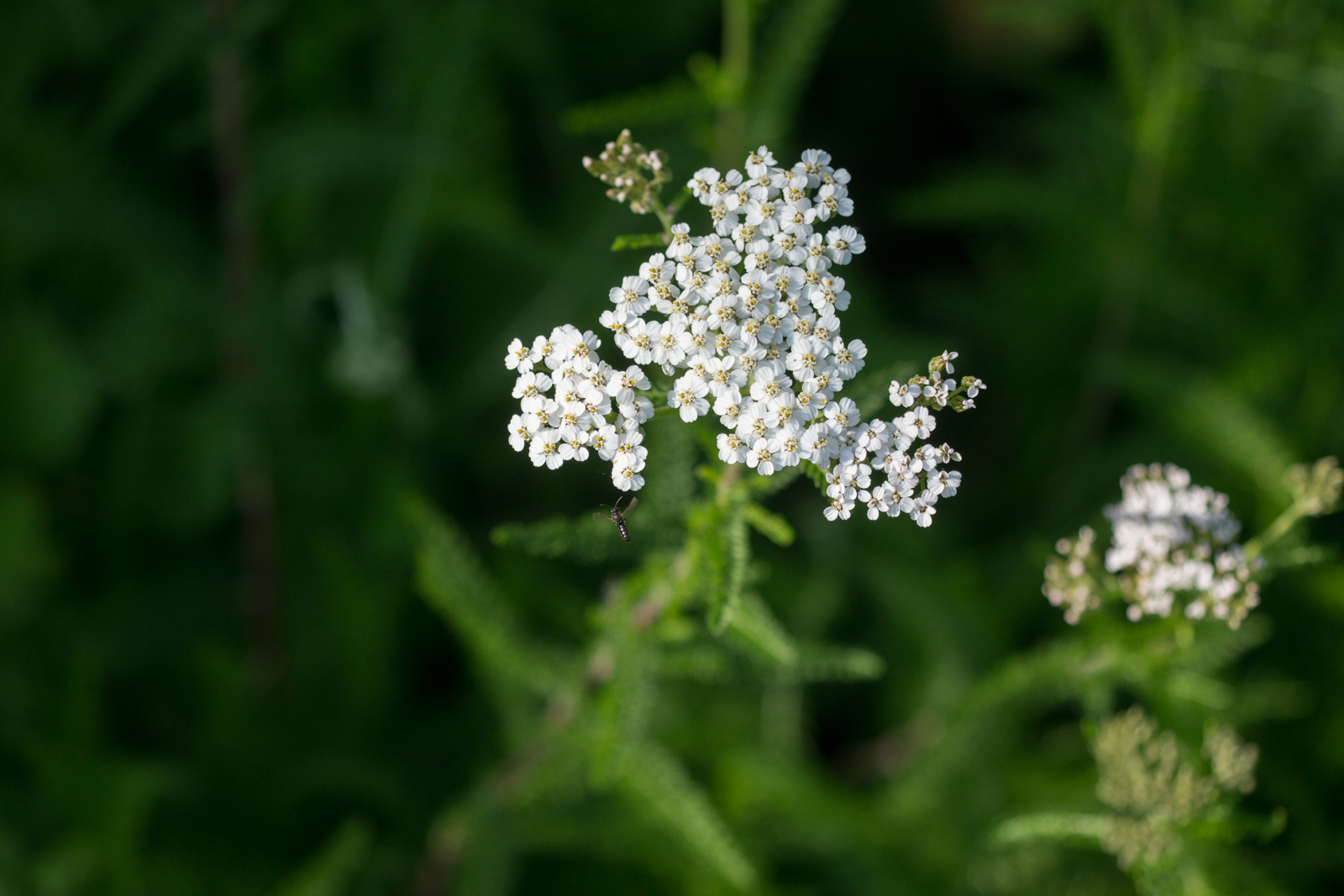Nature is a treasure trove of hidden wonders, and one such marvel is the yarrowway herb. Despite its widespread presence, this unassuming plant often goes unnoticed by many. Yet, its significance in various aspects of human life, from traditional medicine to ecological stability, cannot be overstated.
In this article, we will explore what yarrowway herb is, where it is found, how to use it, and its importance to both humans and the environment.
What is Yarrowway Herb?
Yarrowway herb, scientifically known as Achillea millefolium, is a perennial flowering plant that belongs to the Asteraceae family. It is also commonly referred to as common yarrow, soldier’s woundwort, or milfoil. The plant is native to North America, Europe, and Asia and can be found in a wide range of habitats, including grasslands, meadows, forests, and even along roadsides.
Identification of Yarrowway Herb
Yarrowway herb typically grows to a height of 10 to 80 centimeters (4 to 31 inches) and has feathery, fern-like leaves that are deeply divided into numerous segments. The plant’s flowers are small and typically white or pale pink, arranged in flat-topped clusters at the top of its stems. Yarrowway is known for its pleasant, aromatic scent.
Where is Yarrowway Herb Found?
Yarrowway herb is an incredibly adaptable plant and can be found in a variety of environments across the world. It is native to regions of North America, Europe, and Asia, and it has been introduced to other parts of the world as well. You can encounter yarrowway herb in the following locations:
Meadows and Grasslands: Yarrowway often thrives in open grassy areas, where its white or pink blooms add a touch of beauty to the landscape.
Roadsides and Disturbed Areas: Due to its resilience and ability to tolerate different soil conditions, yarrowway frequently grows along roadsides and in areas that have been disturbed by human activity.
Gardens: Gardeners sometimes cultivate yarrowway for its ornamental value, as it can be an attractive addition to flower beds and borders.
Forest Clearings: Yarrowway herb can also be found in forest clearings and woodland edges.
How to Use Yarrowway Herb
Yarrowway herb has a long history of use in traditional medicine and various other applications. Here are some ways in which yarrowway can be used:
Medicinal Uses:
Wound Healing: Yarrowway herb has astringent and antimicrobial properties, making it useful for treating minor cuts, wounds, and bruises. It can be applied topically as a poultice or added to salves and ointments.
Anti-Inflammatory: Yarrowway can help reduce inflammation and relieve pain when used as a poultice or applied in a compress.
Digestive Aid: Yarrowway has been used to soothe digestive discomfort and promote healthy digestion when brewed into a tea.
Fever Reduction: It is believed to have fever-reducing properties and is used in traditional remedies for fever.
Culinary Uses:
Yarrowway leaves and flowers are edible and can be used as a flavoring agent in salads, soups, and stews. They have a slightly bitter taste and can add depth to dishes.
Ecological Significance:
Yarrowway herb plays a vital role in the ecosystem as it supports pollinators like bees and butterflies by providing nectar and pollen. Its presence can contribute to increased biodiversity in natural areas.
Ornamental Uses:
Yarrowway’s attractive, feathery leaves and delicate flowers make it a popular choice for gardeners looking to add beauty to their landscapes.
Conclusion
Yarrowway herb, often overlooked despite its widespread presence, holds immense significance in various aspects of human life and ecological stability. From its historical use in traditional medicine to its role in supporting pollinators and enhancing biodiversity, this unassuming plant is an essential part of our natural world. So, the next time you come across a cluster of yarrowway blooms, take a moment to appreciate the beauty and importance of this humble yet remarkable herb.
